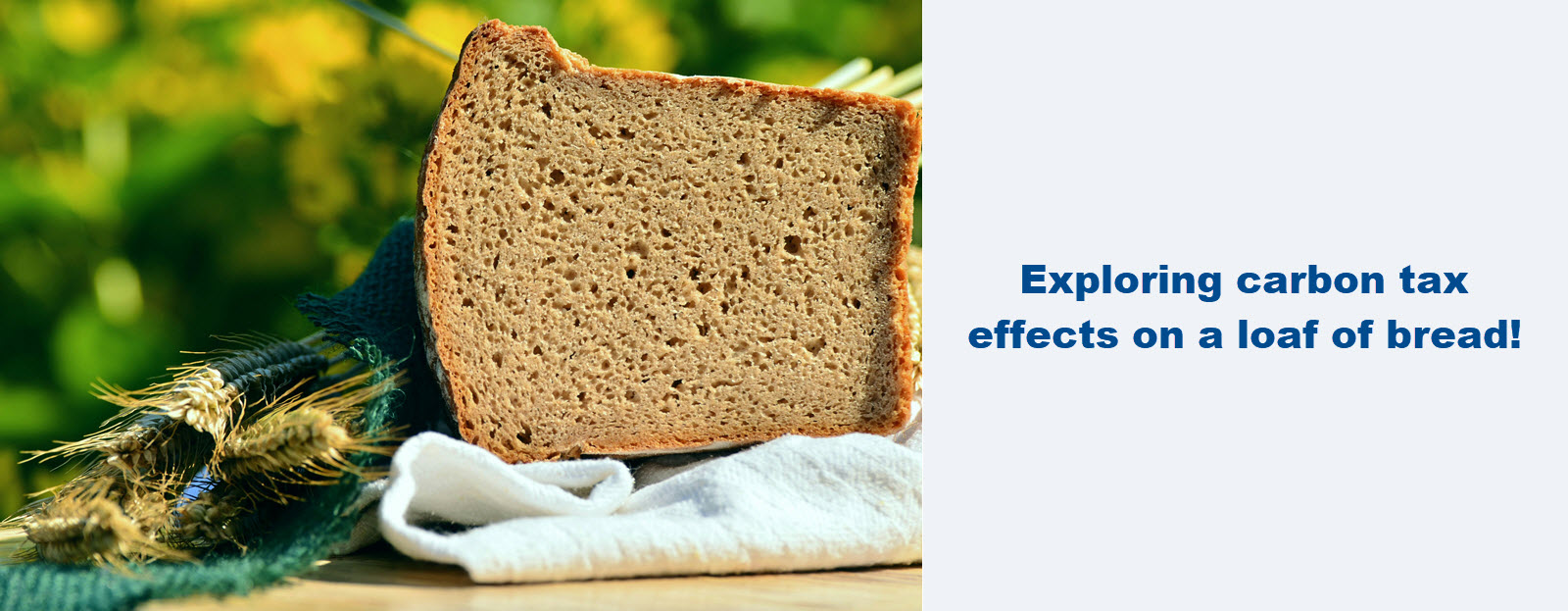From the April issue of CAAR Communicator: Agriculture and Agri-Food Canada chose to release a discussion document: Reducing emissions arising from the application of fertilizer in Canada’s agriculture sector, on end of day March 4, 2022. The discussion document progresses the next steps of the December 2020, Government of Canada Strengthened Climate Plan, “A Healthy Environment and a Healthy Economy.”
Executive Director's Message
I have many questions. What is the end goal? How will Canadian farmers evolve? Investment exposure? What are the risks to Canada’s reputation as a high quality reliable producer of agriculture products? Does the strategy strengthen or weaken the Canadian Agri-food export goal of $75 billion by 2025? Is synthetic fertilizer a significant contributor to GHG’s compared to like industries or alternative production methods? Is data provided based on models or actual field data replicated over multiple years and conditions? Is the mandate led by sound science or ideology utilizing cherry-picked science supporting the call to action?
I am very skeptical of Canada once again following the European Union and Commission ideology and methodology. What is apparent within the document, the end goal is to reduce fertilizer use in Canada by 20% to achieve a 30% reduction of GHG emissions. What the document fails to identify however, is all the GHG’s emitted from agriculture production. Wetlands, livestock waste, rotational grazing, green manure, cover crops, ploughing, crop decay and degradation, old growth woodlots, lawns, gardens, and orchards to name a few, all produce GHG’s, some significantly higher than others. Many include detrimental effects to the surrounding environment beyond the atmosphere if poorly managed.
Included in the document is the rhetoric that Canadian agriculture is detrimental to the environment—soil degradation, which has contributed to carbon and nitrogen losses from soils. This is a localized issue and not representative of most Canadian ag production. Of total production acres, greater than 85% occurs in western Canada. In the past 30 years, most crop management practices have adopted minimum and zero tillage practices. Average soil organic matter has increased across all three prairie provinces. Crop rotations have also increased with a mix of legumes, oilseed, and cereals. Eastern Canadian issues of GHG emissions must be addressed on a local basis and not used as the benchmark for all Canadian production when most of the production is western Canada-based.
An area receiving minimal mention that significantly impacts GHG emissions from all fertilizer sources, is moisture management. Europe and areas of the US have significant agriculture water management strategies utilizing regional drainage and retention strategies, farm surface water drainage systems and tiling. Though more common in eastern Canada, significant research and support is required for western Canadian conditions. A significant number of acres across western Canada are lost every year due to poor drainage and water pooling on seed acres. Crop loss and fertilizer GHGs, and potential runoff and leaching occur. If surface water drainage systems can be adapted with long term finance support, a significant volume of agriculture GHG’s can be addressed. The first step is to reevaluate provincial and federal water management legislations that specifically target agriculture production in the name of protecting the environment and wetlands. Remember, wetlands are a significant contributor to GHG’s.
On an international comparison, the FAO average emissions intensity for cereal crops provides a misleading comparison. The AAFC discussion document states we must consider regional differences, yet the benchmark comparisons are made against regions across the world with significant different environment and management systems. The majority of EU and Eastern European cereals are winter (wheat, barley, oats), as well as the United States wheat. Most winter cereal crop fertilizer applications occur in the spring to early summer. The data is misleading and requires further scrutiny. Broadcast fertilizer is superior to banded fertilizer applications.
AAFC said comments to the discussion paper must be submitted by June 3, 2022, and town hall information sessions will be held the first week of April. Interestingly, the busiest time of the year for most Canadian farm operations occurs April – June. I encourage all agriculture stakeholders to take note and provide input. CAAR has begun to reach out to recognized Canadian soil science representatives for perspective and will develop an information resource to support you in your input to AAFC.
Related Articles
- AI & Ag A viewpoint on how artificial intelligence can positively impact the agricultural sector. By Andrew Joseph, Editor When it comes to AI, aka artificial intelligence, people either know all about it or they don’t. ...
- The world of seed technology: things to know for 2024 With science changing along with the seasons, we look at the world of seed technology, offering a forecast. By Marc Zienkiewicz, Senior Editor of Seed World Group Right now exciting things are on the horizon for ...
- Views, Considerations & Unknowns for 2024 With 2024 upon us, the agriculture trade show and seminar season is now in full swing. By Mitch Rezansoff, Executive Director With 2024 upon us, the agriculture trade show and seminar season is now in full swing....
- CN expands its central US reach Canadian National has agreed to purchase the agricultural Iowa Northern Railway. By Andrew Joseph, Editor With rival railroad company Canadian Pacific Kansas City (CPKC) valued at $104 billion market cap and pock...
- February 2024 issue of CAAR Communicator now available online The February issue of CAAR Communicator "I Love Ag" should be arriving in your mailbox. The feature article looks at brand marketing and standing out from the competition. The February issue of CAAR Communica...
 How to resolve AdBlock issue?
How to resolve AdBlock issue? 




Join the discussion...
You must be logged in as a CAAR member to comment.
Report
My comments